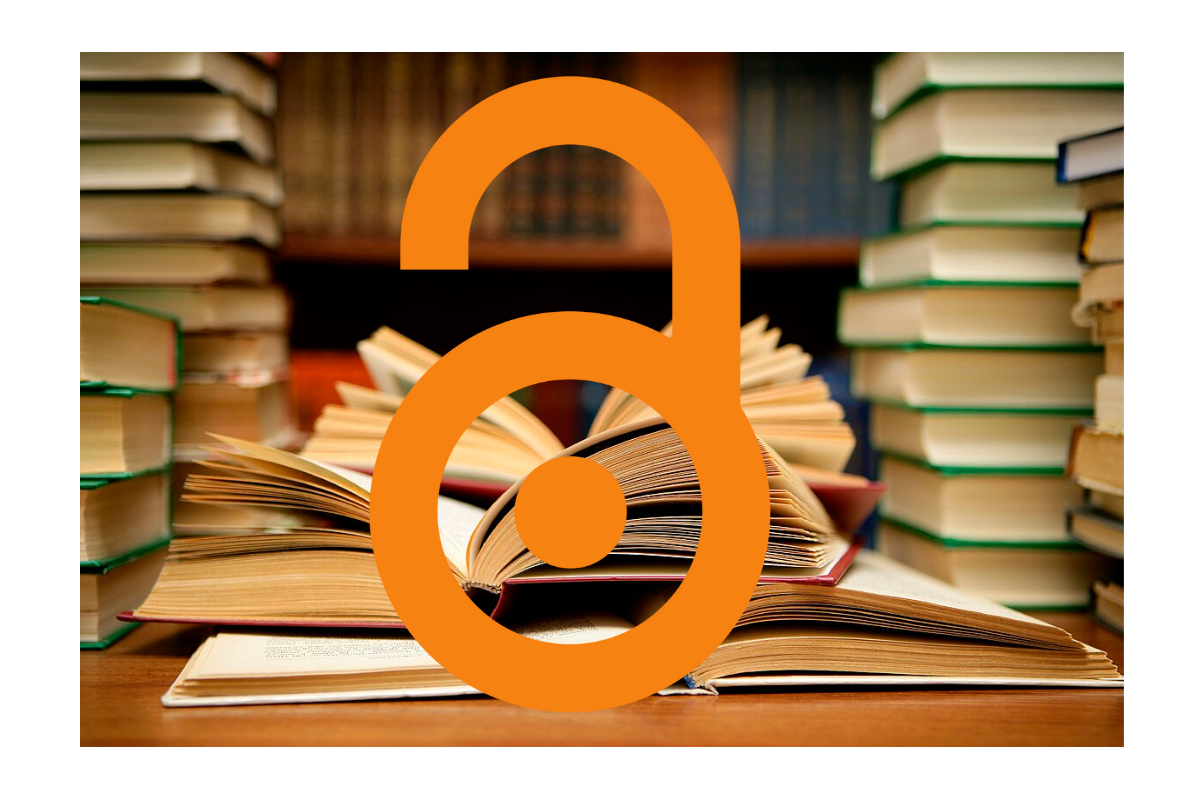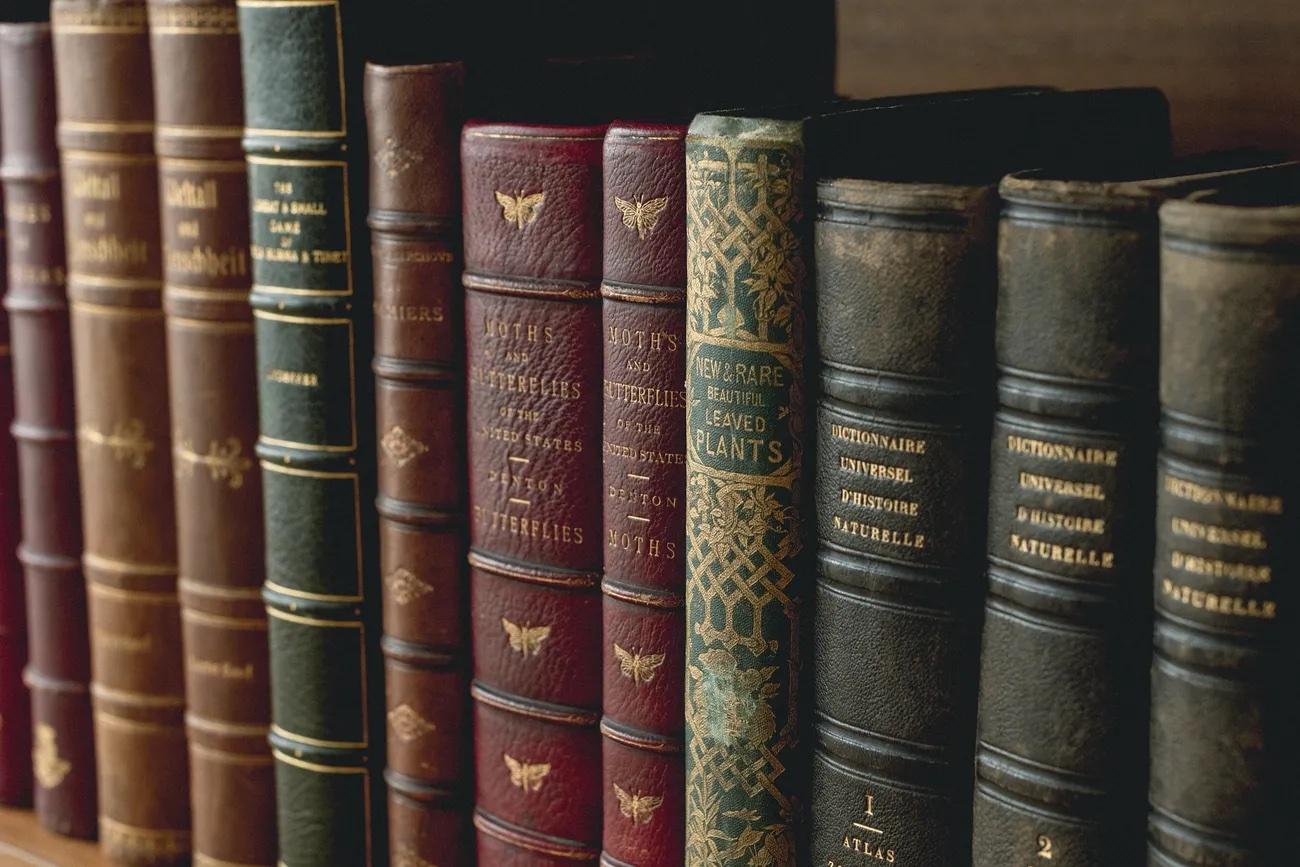
Open access monographs are establishing themselves as a publication model in the humanities and social sciences. Yet open access for books is still in its infancy compared to open access for journal articles.
The landscape of book publishing is inherently more complex than that of journal articles. While journal articles are typically shorter and part of fast-paced publication cycles, books are the result of years of research effort and therefore require thorough planning and substantial investment. Books have a wide range of appearances, from monographs and edited collections to textbooks. In addition, depending on the field and target audience, authors and editors may have specific needs, from reproducing copyrighted sources to including content in multiple languages or producing an e-book with multimedia components. As a result, customization is often required. Additionally, the book landscape is populated by a variety of different actors, ranging from commercial publishers to established university presses, to library initiatives, smaller non-profits, and software platforms that enable self-publishing.
In this publishing context characterized by library biodiversity and a multitude of actors, no single OA model has yet positioned itself as dominant. The mix of traditional book publishers and (idealistic or market-driven) innovation has resulted in a whole range of business models; some of these models recover publishing costs from the author, while others are supported by universities and can therefore operate at no cost to authors and readers.

